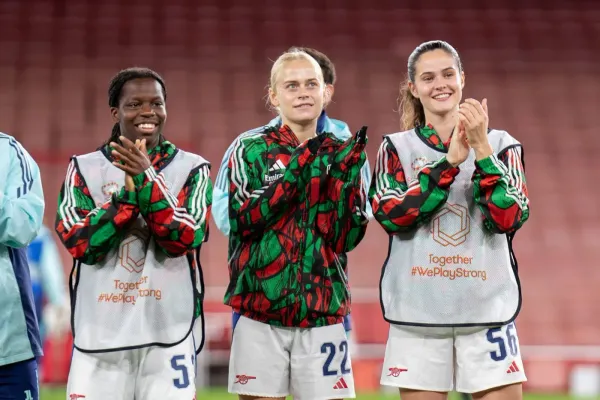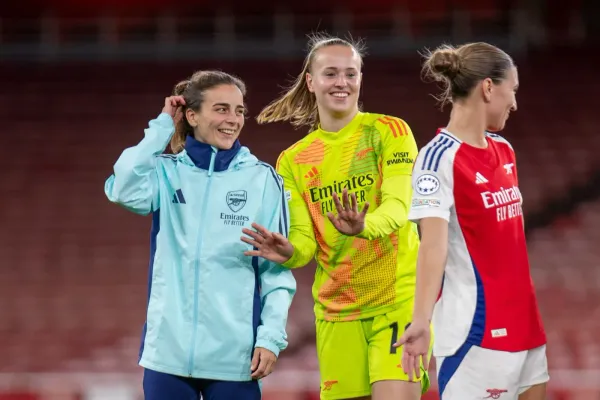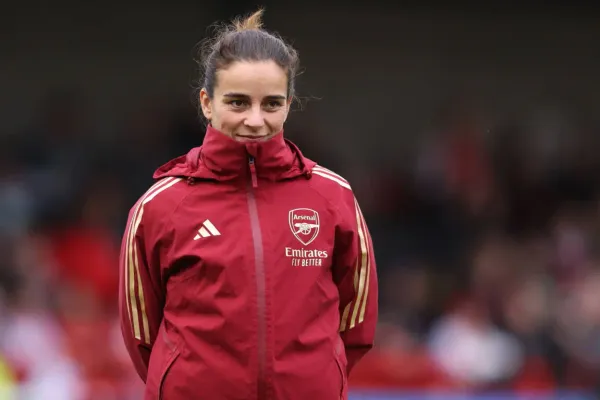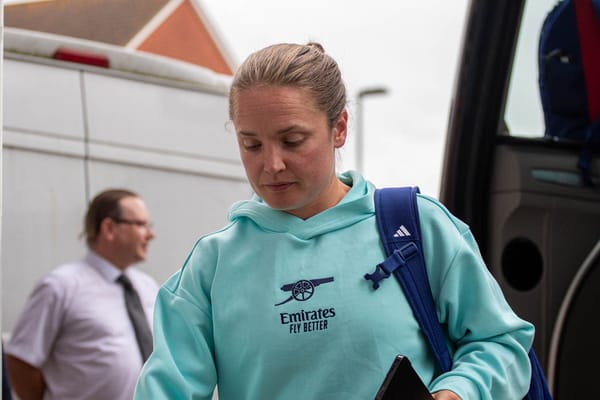Three questions for Arsenal Women for the second half of the season

Arsenal Women return from their winter break this weekend with the visit of Bristol City in the FA Cup. I wanted to look at three questions ahead of the second half of the season but let me preface this by saying I don’t address the managerial situation here. I am expecting that to be resolved shortly so there will be time to treat that separately. Let me proceed with three questions ahead of the second half of the season.
The midfield
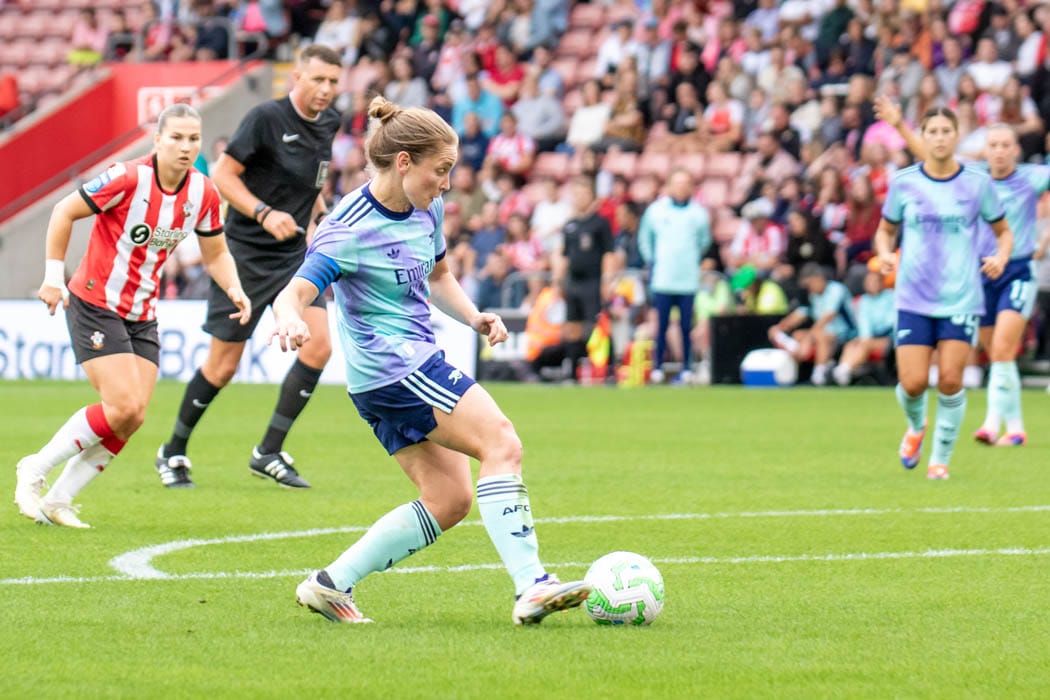
During the first half of the season and especially since Renee Slegers took over the team in October, we have seen captain Kim Little used ever so slightly more sparingly than usual. Kim is 34 and we have seen her minutes managed a little more, even if she pretty much always starts when fit.
Kim is averaging 63 minutes per start this season, there has been a greater willingness to to take her off, which has both allowed Kim to rest her legs and it has allowed Kyra Cooney-Cross a higher number of minutes to truly develop into the team.
Victoria Pelova is training with the team again, however, I imagine her situation will be parcelled out and treated separately. For a start, she is probably still some weeks from being involved in a match day squad and she will be on a careful individual return to play protocol which is unlikely to slot into her teammate’s circumstances just yet. Pelova will be on protocol until the summer certainly and her minutes will likely be managed separately to the wider team.
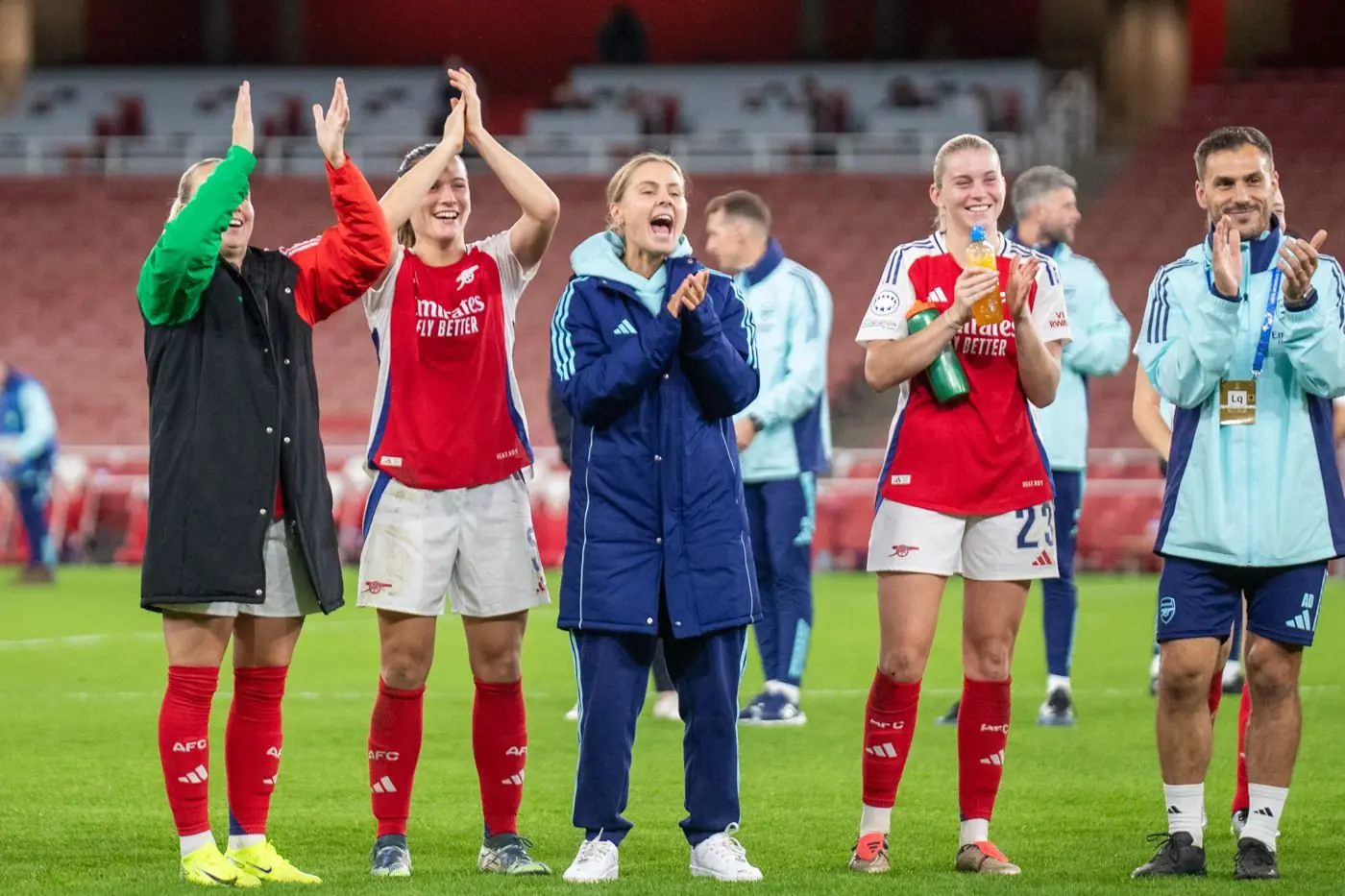
The question, therefore, is how all this shakes out in the second half of the campaign. Assuming everyone stays fit, are Little’s minutes managed in the same manner? Are they managed down even further? Cooney-Cross and Walti are quite similar players, they like to pass to the exterior of the team, whereas Little is more of an interior passer.
That is one of the aspects that makes Little and Walti such a great blend. Can other midfield partnerships start to slot into space? Can Walti and Cooney-Cross interrelate better? Maybe an injury somewhere will force another partnership to emerge? This is certainly an area I will have a close eye on for the spring.
Mead’s mojo
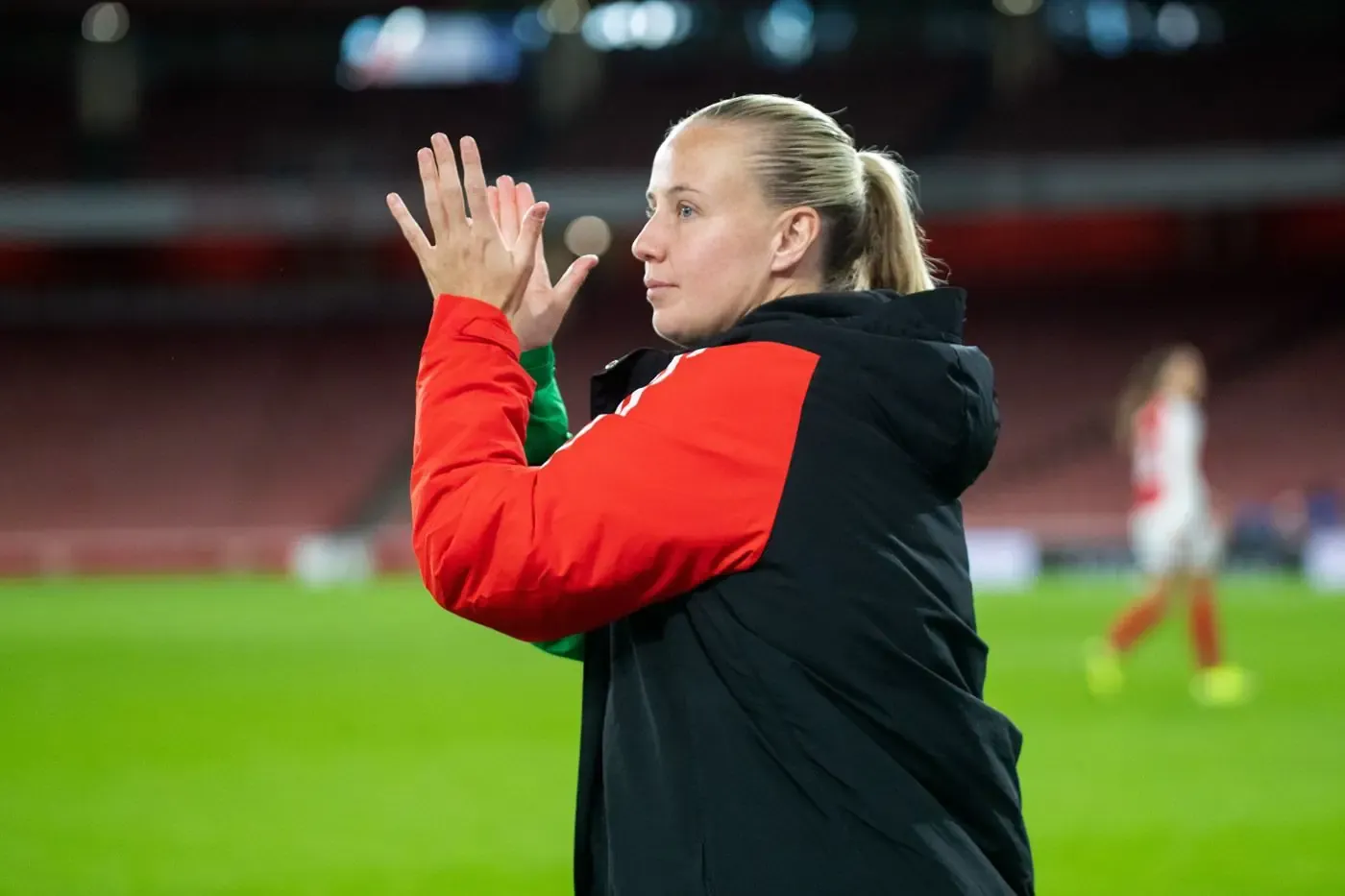
Beth Mead was, for my money, the defining player of the Jonas Eidevall era. His preference for high octane, high pressing attacking that heavily relied on forcing turnovers and taking defenders on suited her best qualities. In pure medical terms, Mead’s recovery from an ACL injury has gone very well.
She has not missed any games with complications arising from the injury or its accompanying surgery, which hasn’t been the case for Williamson, Miedema and Wienroither, all of whom ruptured their ACLs during the same season as Beth. However, that doesn’t mean Mead’s recovery has not caused any subsidiary issues. The fact that she hasn’t had a visible setback, I think, has caused many of us to forget that the injury still has repercussions not visible to us. (Mead has tendinitis in one of her knees now).
That said, it is fair to say we haven’t seen Mead at the height of her powers so far this season. Beth has started six of 10 WSL games so far, coming on as a sub in the other four. She has played 570 minutes of a possible 900. Her tally of three goals in that time is not to be sniffed at (only Maanum and Russo have scored more).
That is a goal contribution every 190 minutes and means she has played 63% of the minutes available in the WSL. In the Champions League group stages, she has started two games and come on as a sub in three, clocking up 200 minutes and registering an assist. None of this data is terrible but prior to this season, the idea that Mead might be a substitute, or indeed subbed off, for a game would have yielded long odds.
In 2021-22, her last full season, she started 20 of 22 WSL games and was substituted once. She averaged a goal contribution every 110 minutes. Mead was available for seven of Arsenal’s eight UWCL games that year starting six of them. Beth has yet to play 90 minutes under Slegers.
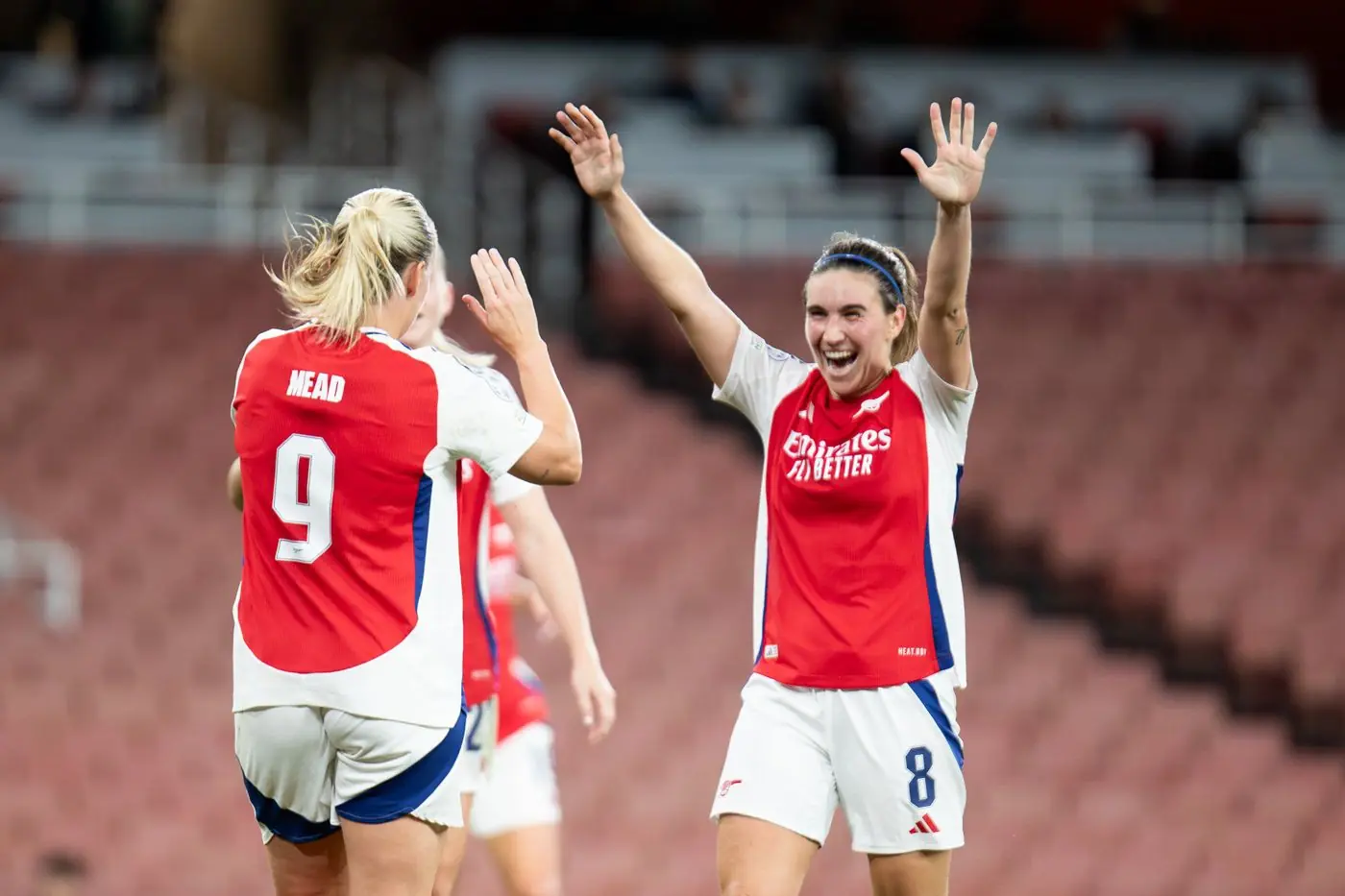
As discussed with the midfield situation, Slegers has shown a strong willingness to use her bench. The return to fitness of Lina Hurtig has also bolstered Arsenal’s wide options, which both go some way to explaining Mead’s minutes dropping. However, if we use the 2021-22 season which elevated Mead to the Ballon D’Or podium, we can see her influence isn’t where it was.
Mead does lots of good unnoticed work, she contributes defensively and has an underrated creative game. But it would be disrespectful of her talent to suggest she has been on her best form in the first half of the campaign because on her best form, she wouldn’t be a substitute as often as she has been of late. I believe ESPN’s Emily Keogh’s report that Arsenal are looking to bolster their wide attacking options in January to be true as well.
I think the introduction of Mariona has potentially complicated things and Arsenal haven’t quite got that balance right between Mariona on the left and Mead on the right just yet given that both players like to drift inside. Mead and Mariona started on opposite flanks during the 0-0 draw with Everton in October, when I asked Jonas Eidevall about that blend after the game he said, ‘It is fair to say that was one of the things we didn’t get right.’
None of this needs to be terminal or permanent, of course. Plenty of teams have prospered with two wingers who like to move inside- Robert Pires and Freddie Ljungberg both drifted in-field to great effect. If Arsenal can get that balance right and juice the sort of output Mead is capable of, it will go a long way to helping them realise their ambitions for the second half of the season. If Arsenal do acquire their wide forward target in January, it will also be interesting to see how Arsenail utilise increased options.
The goalkeeper situation
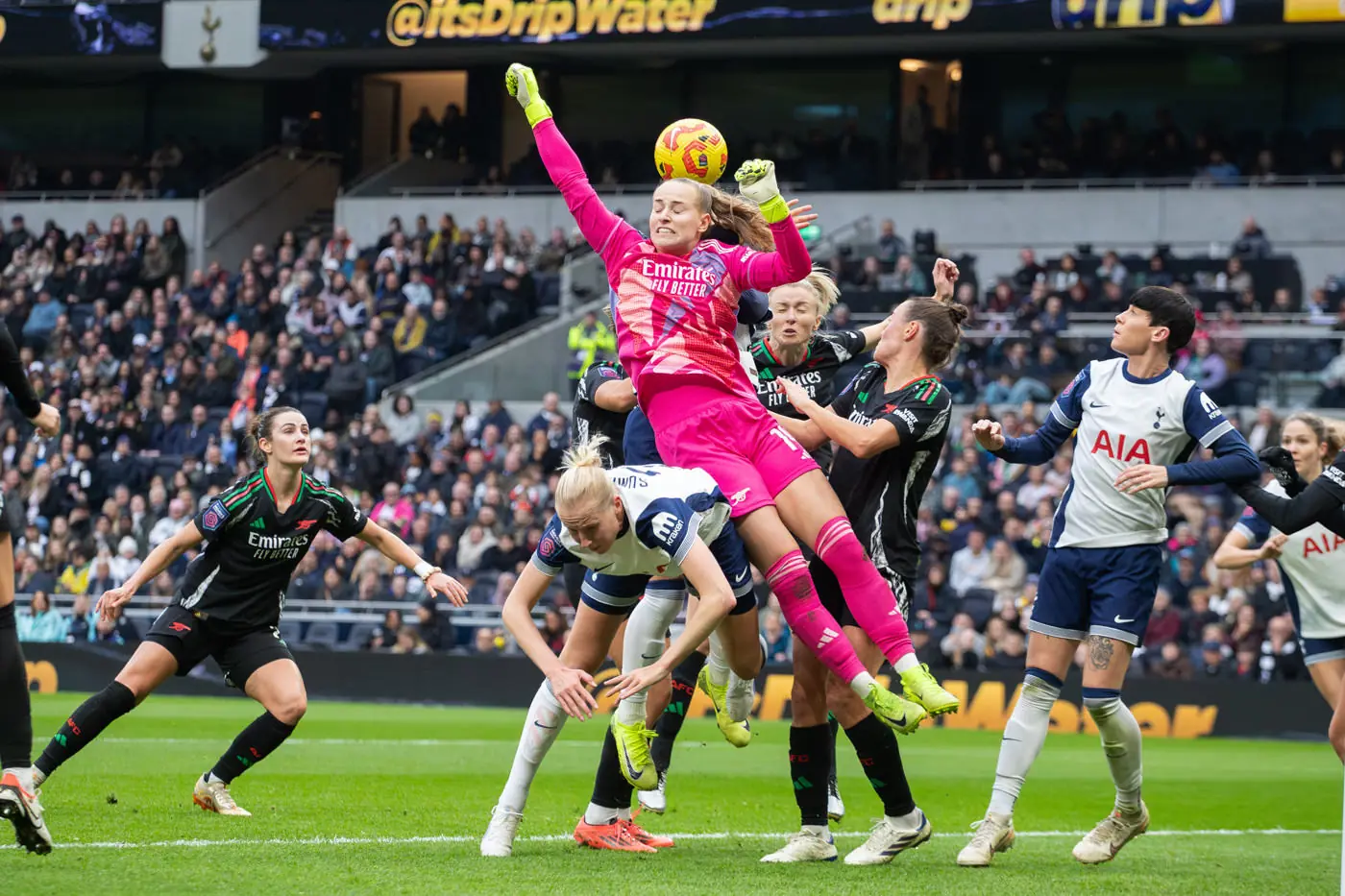
For around a decade, Arsenal have had a situation where they have two international goalkeepers vying for the number 1 jersey. Decorated gloveswomen like Siobhan Chamberlain, Sari van Veenendaal, Pauline Peyraud-Magnin and Sabrina D’Angelo have all left the club in recent years in search of greater opportunity elsewhere.
The battle between the improved Manu Zinsberger and the (in goalkeeping terms) precocious talent of Daphne van Domselaar looked set to be one of the most intriguing battles for the number 1 shirt in recent years. But, in truth, to this point it hasn’t. Van Domselaar has crowbarred her way into the team and looked untroubled ever since.
The concession of a number of goals from crosses in Munich in October, as well as a poor near post concession to Sydney Lohmann seems to have cost Zinsberger. It gave van Domselaar an opportunity to come into the team and the Dutch goalkeeper simply hasn’t passed the baton back ever since.
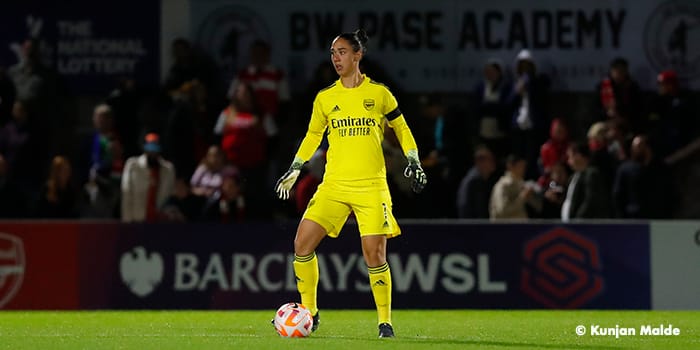
Historically, Zinsberger has been very strong at responding to adversity. She has been good at knuckling down and working on her weaknesses. The problem she has now is that, in my view, van Domselaar is just in a different class of goalkeeper to D’Angelo, Lydia Williams and Pauling Peyraud Magnin.
van Domselaar turns 25 in March which is very young in goalkeeper terms. Zinsberger will get games and minutes to remind the coach why she was the first choice goalkeeper for five years, especially as the domestic cups kick in during January. However, this is the biggest challenge of Zinsberger’s career and it will be very interesting to see how she responds.

